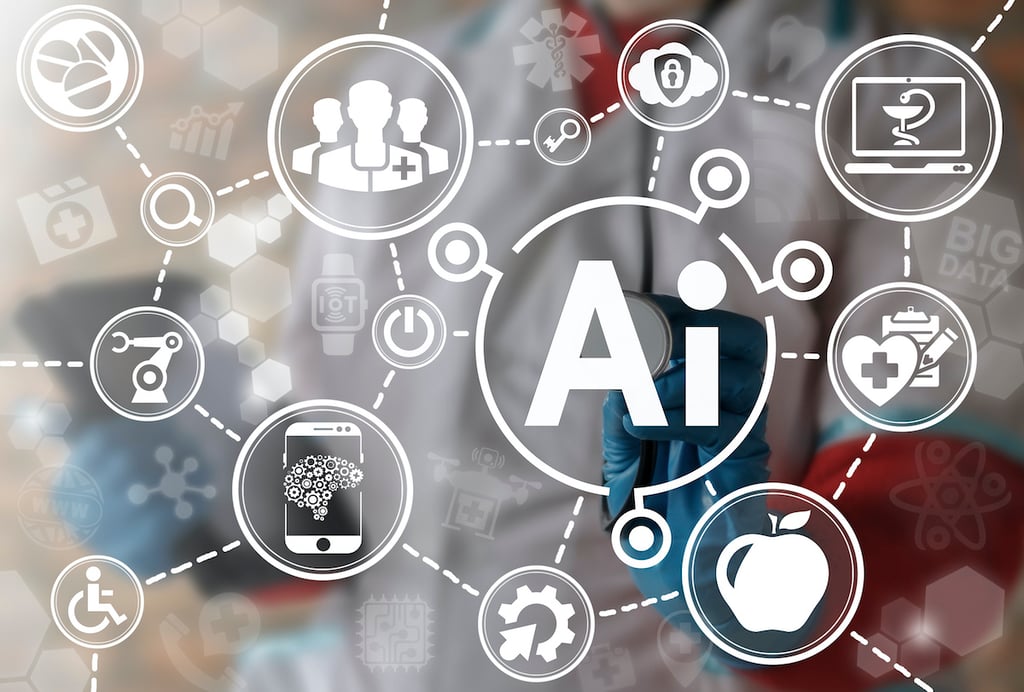To the enterprise, the words “Big Data” mean a lot of things. It can represent vast amounts of unstructured data from a variety of sources or it can be large volumes of consumer Internet data. It may also represent the need for upgraded IT infrastructure and tools with which the data can be wrangled, stored and analyzed. The point is, it can mean something different to different parts of the business.
In many enterprise organizations, it is marketing and sales that drives the need for Big Data projects. These departments are backed by the C-level executives who are pushing IT to bring the company’s systems and infrastructure in line with what is needed to handle Big Data and be able to analyze and gather actionable information from it to help the business not only provide better services, but gain customers, too.
And of course, thrown into that mix are the questions about who controls Big Data and who is in charge. Is marketing responsible? Does IT govern Big Data? It can be extremely difficult to create a strategy and follow through, because both sides want control and it can be difficult for IT to hand over the tasks of governance and reporting to the marketing department.
As you can see from this overview, Big Data brings big complexities to the business world. So many moving pieces and parts make it difficult to pinpoint where to begin and who is in charge of making the plan. And where does one turn to learn the ins and outs of Big Data and how it affects all parts of the business and the consumer market?
Big Data expert and author, Dale Neef, has written an all-encompassing book called “Digital Exhaust: What Everyone Should Know About Big Data, Digitization, and Digitally Driven Innovation.” Neef’s work covers most every topic that Big Data touches, from how it works to its implications for the economy, privacy and laws.

For the enterprise, ITBE offers an excerpt, Chapter 10: Doing Business in a Big Data World, in our IT Downloads area. This chapter covers Big Data projects in various industries, which departments drive these projects, new levels of data management, and the infrastructure necessary to handle a Big Data project.
In this chapter, Neef explains that Big Data benefits different companies in different ways:
To understand what Big Data means to various companies, it helps to look at the types of benefits that companies are looking for in a Big Data project. In the NewVantage survey, companies described a variety of benefits they hope to achieve, from operational efficiency to new product innovations. Interestingly, and probably a reflection of the number of financial services and big pharmaceuticals taking part, 64% of companies responding said they use Big Data for new product development and innovation. Companies also cited reduced risk and higher quality products or as goals. Many of the benefits they sought reflected better decision making capabilities. But when asked to identify the biggest opportunity, more than half returned to the theme of better customer insight, increased sales, and customer loyalty.
He also covers the various ways Big Data systems can be set up and how traditional IT infrastructure must change to meet the needs of such a large insurgence of data. Neef details other positions that a company may need to add to deal with Big Data and its accompanying technologies, such as Big Data engineers, Big Data analysts and even Big Data scientists.
For any company, large or small, that is considering jumping into the Big Data arena, this book is a must read. It provides insight and detailed explanations of many areas often overlooked by companies first dabbling in Big Data technologies.
Kim Mays has been editing and writing about IT since 1999. She currently tackles the topics of small to midsize business technology and introducing new tools for IT. Follow Kim on Google+ or Twitter.









